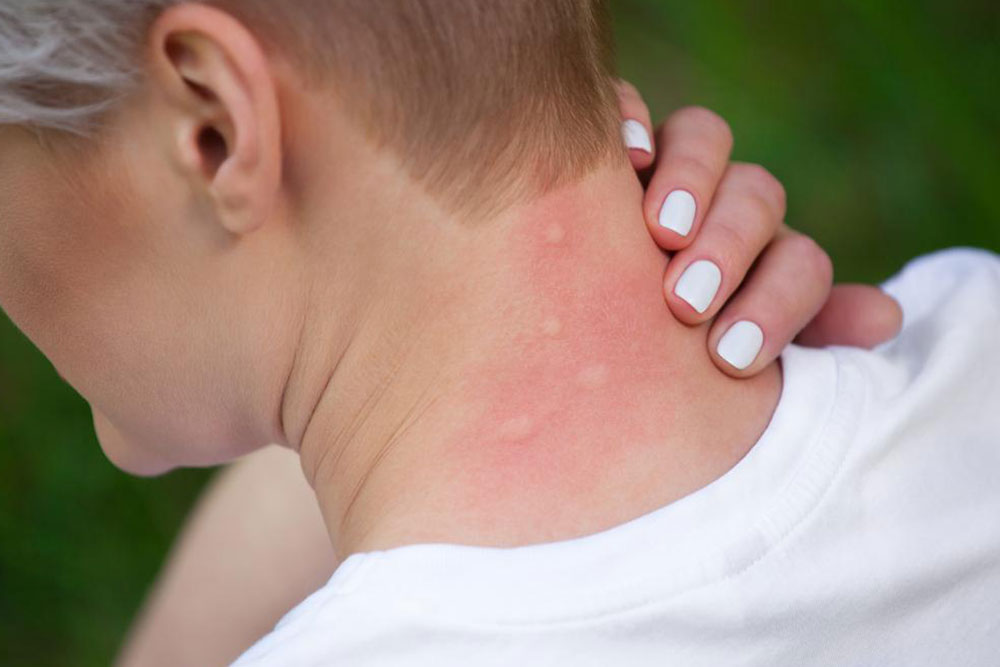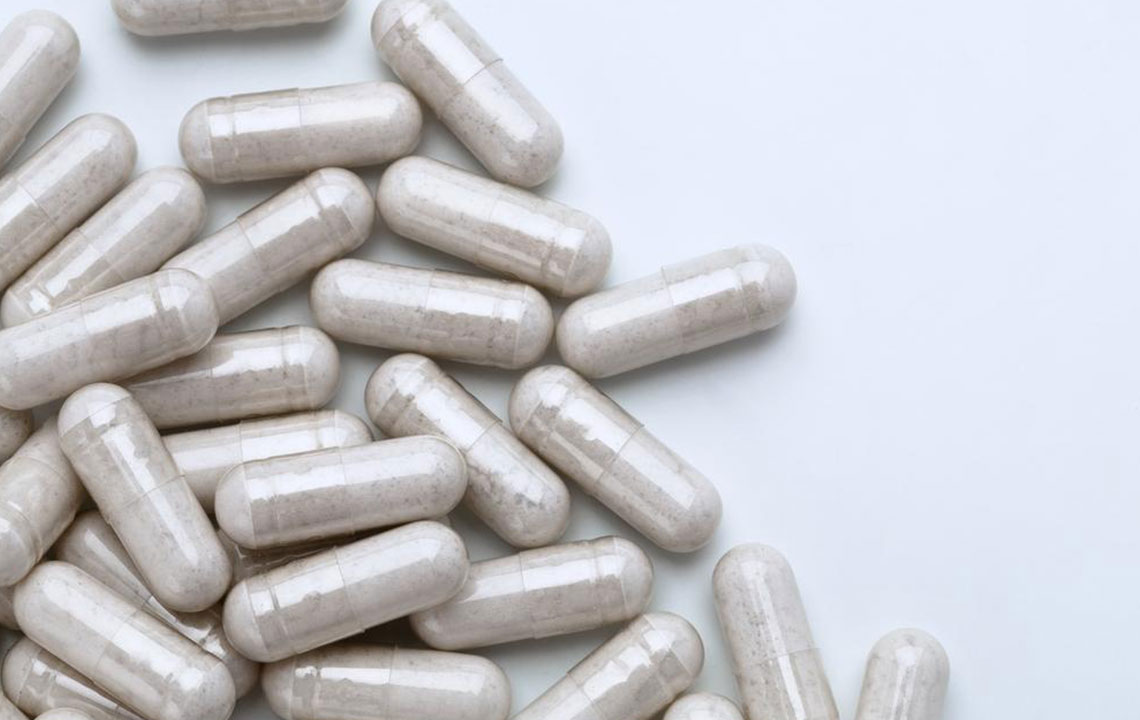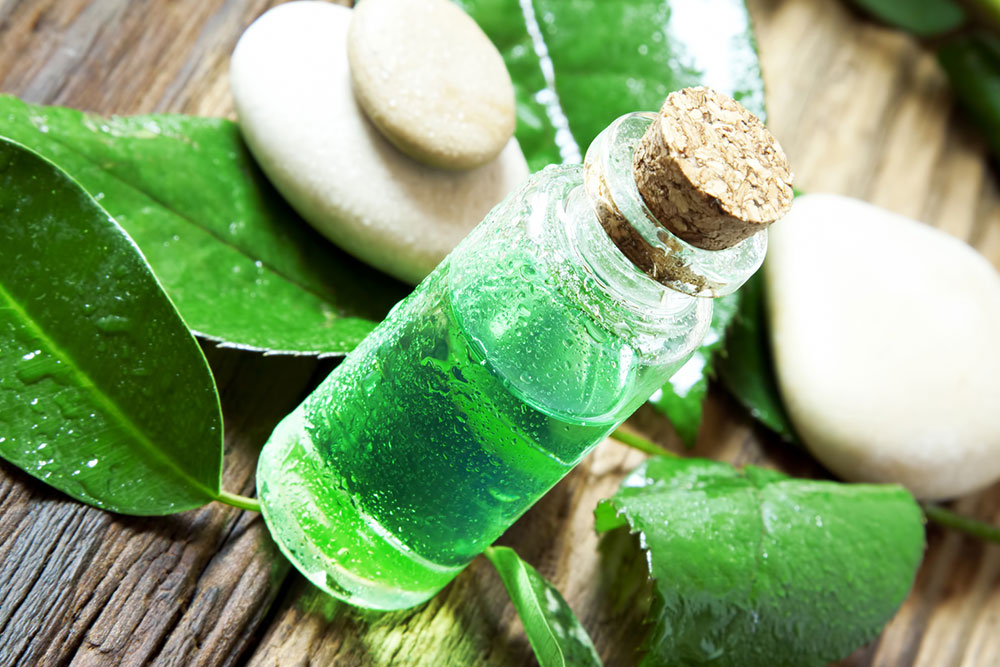Comprehensive Guide to Common Fungal Skin Infections and Their Symptoms
This comprehensive guide delves into the top five common fungal skin infections, highlighting their symptoms, causes, and prevention tips. Understanding these conditions enables early detection and effective management, helping individuals maintain healthy skin and prevent the spread of infections. From Athlete's Foot to Ringworm, learn how to identify and combat these fungal issues to preserve skin health effectively.

Understanding the Top 5 Fungal Skin Conditions and Recognizing Their Symptoms
The human skin is constantly exposed to various environmental factors, making it susceptible to a range of infections, especially fungal infections. These infections are particularly prevalent in warm and humid climates, where fungi find ideal conditions to thrive. Fungal skin infections primarily feed on keratin, a structural protein abundant in skin, hair, and nails, resulting in a variety of dermatological issues that can cause discomfort, cosmetic concerns, and sometimes more serious health problems if left untreated.
Preventing fungal infections hinges on maintaining good personal hygiene, controlling moisture on the skin, and avoiding environments conducive to fungal growth such as public baths or locker rooms. The widespread use of antibiotics can also disturb the natural balance of bacteria that usually inhibit fungal growth, thereby increasing susceptibility. Recognizing early symptoms of these infections is crucial for timely treatment and to prevent their spread. In this article, we will explore the five most common fungal skin infections: Athlete's Foot, Jock Itch, Candida infections, Pityriasis Versicolor, and Ringworm, providing detailed descriptions of their symptoms, causes, and prevention strategies.
Understanding these fungal infections is essential for early detection and effective treatment. For example, Athlete's Foot, medically known as tinea pedis, causes peeling, cracking, and redness typically between the toes or on the soles of the feet, often accompanied by itching and burning sensations. Jock Itch, or tinea cruris, presents as red, itchy, and often ring-shaped patches in the groin and upper thigh regions. Candida infections tend to develop in warm, moist areas of the body such as the groin, underarms, or skin folds, resulting in red rashes, pimples, or pustules that can be painful. Pityriasis Versicolor causes benign patches that are discolored, often lighter or darker than the surrounding skin, without itching—commonly appearing on the trunk and shoulders. Ringworm, or tinea corporis, manifests as round, scaly, red patches with clear centers, and is highly contagious, spreading easily through skin-to-skin contact or contaminated objects.
Preventing these infections involves good hygiene practices such as washing and drying the skin thoroughly, wearing breathable clothing, avoiding shared towels or shoes, and treating infections promptly with appropriate antifungal medications prescribed by healthcare professionals. Recognizing the early signs and seeking medical advice can significantly reduce the risk of complications and transmission.




